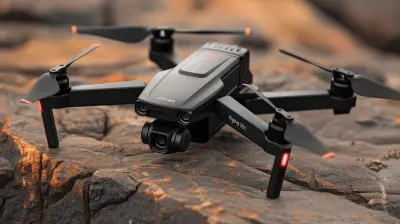The Evolution of Streaming Devices: From Set-Top Boxes to Dongles
14 May 2025
Technology has come a long way in changing how we consume entertainment. Gone are the days when cable TV was the only option. Now, streaming services have taken over, and with them, a wave of streaming devices has emerged. From bulky set-top boxes to compact dongles that plug directly into your TV, the evolution of streaming devices is nothing short of fascinating.
Let’s take a trip down memory lane and see how we went from clunky set-top boxes to tiny, powerful streaming sticks that make binge-watching easier than ever.
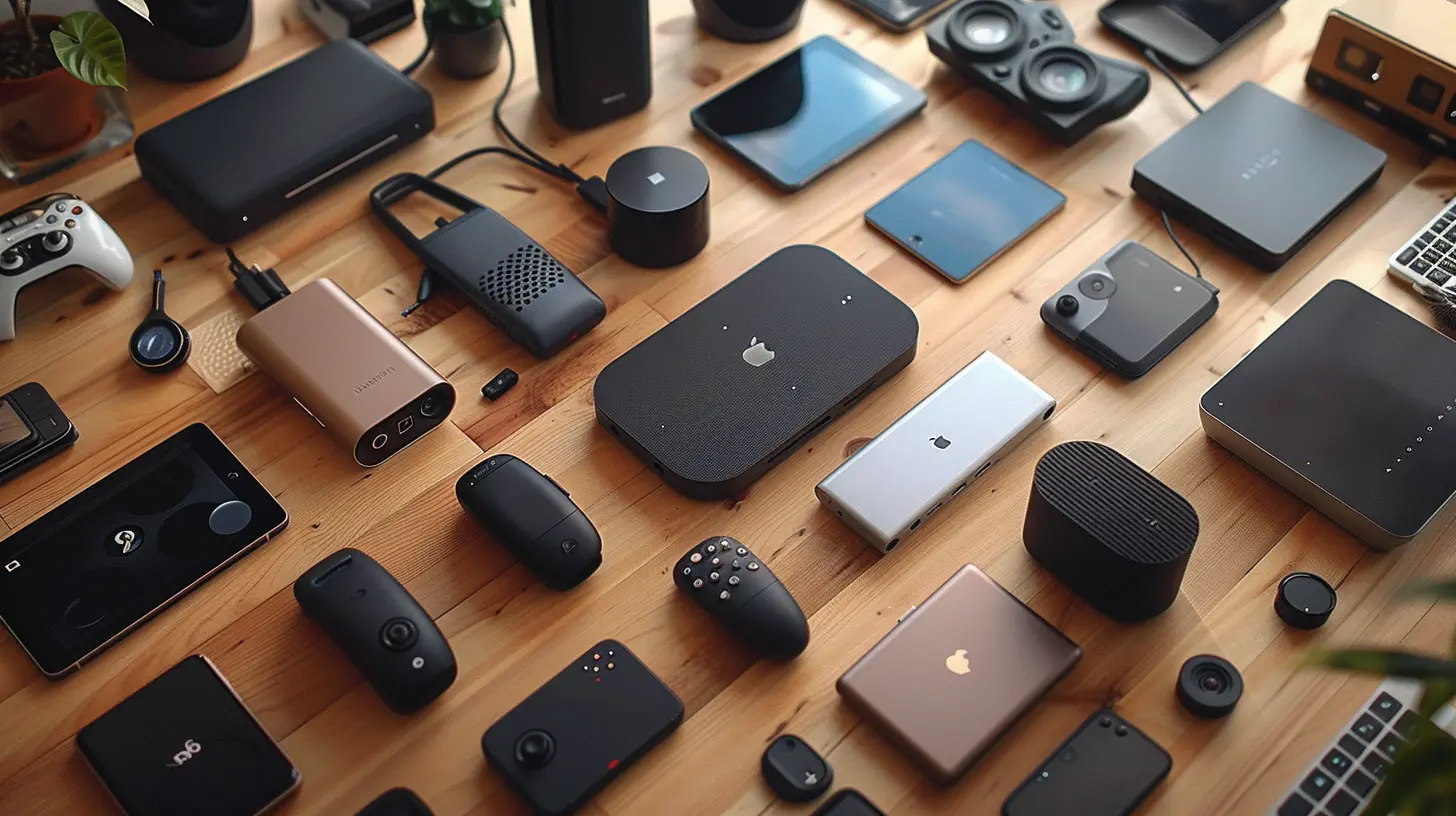
The Early Days: Set-Top Boxes Rule the Living Room
Before the sleek streaming devices of today, set-top boxes (STBs) were the go-to choice for digital entertainment. These boxes were designed to decode cable, satellite, or IPTV signals and deliver content to your television.Cable and Satellite Boxes: The Pioneers
Back in the day, if you wanted to watch premium channels or pay-per-view events, you needed a cable or satellite box. These devices were large, expensive, and often required a rental fee from the provider. Companies like Comcast, DirecTV, and Dish Network dominated the market.One of the biggest drawbacks? You were stuck with whatever channels your provider offered. There was no freedom to choose what you wanted outside of their set packages.
The Rise of DVRs: Convenience at a Cost
Then came DVRs (Digital Video Recorders), an exciting upgrade that let you pause, rewind, and record live TV. TiVo was one of the pioneers, making it possible to record your favorite shows and watch them on your schedule instead of being glued to the TV at a specific time.But, DVRs had their downsides. Storage limitations, high rental costs, and the constant fear of running out of space made them less than perfect. Streaming services were waiting in the wings to change everything.
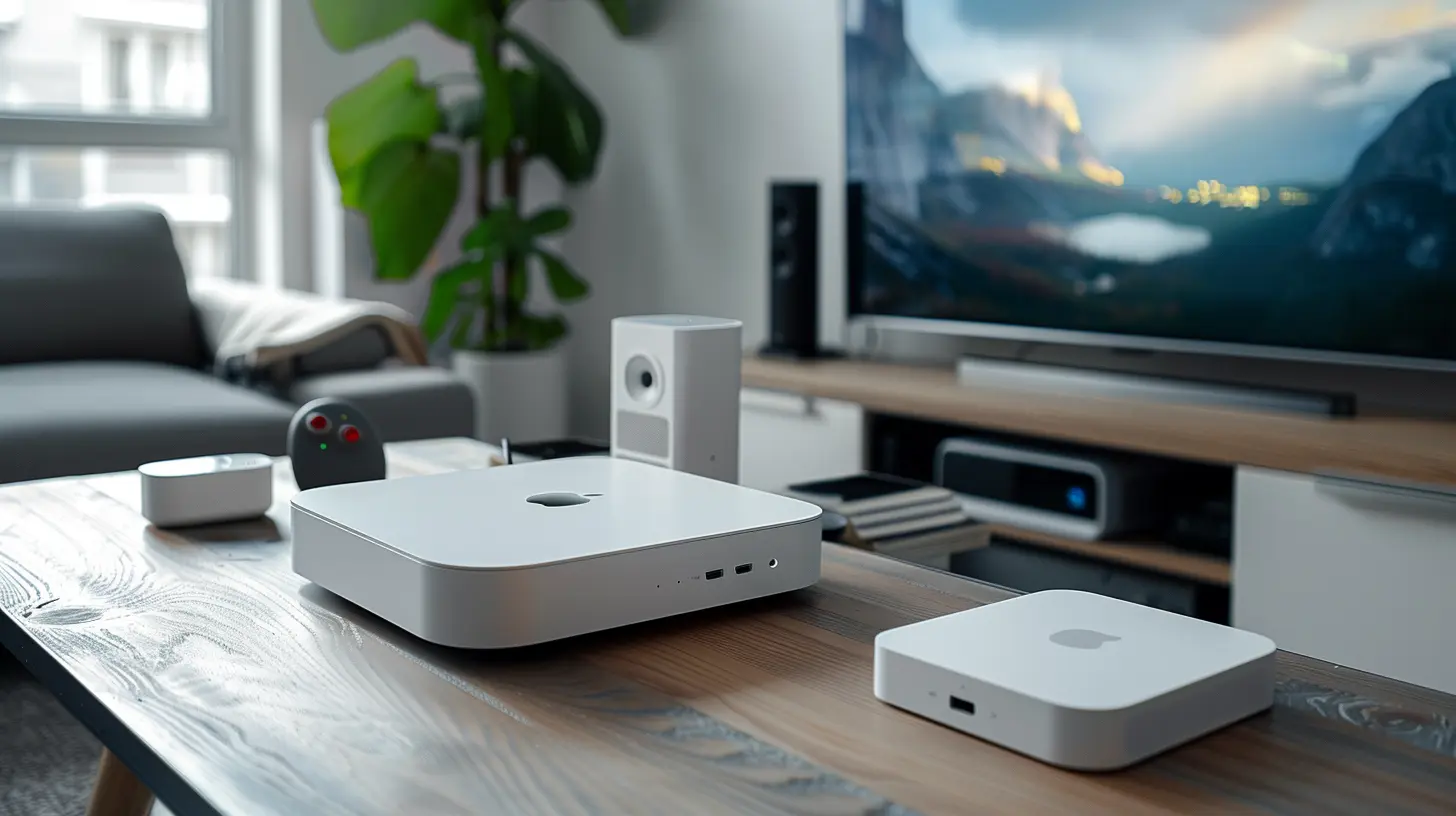
The Streaming Revolution: Enter Smart Set-Top Boxes
With the rise of broadband internet, on-demand streaming services became the new frontier. This shift led to the creation of smart set-top boxes that could stream content directly over the internet, bypassing traditional cable and satellite providers.Apple TV: A Game Changer
Apple TV made waves when it launched in 2007. It wasn’t the first streaming device, but it set the stage for what was to come. Users could rent movies, watch YouTube, and eventually stream from services like Netflix.Apple TV revolutionized the market by offering an early taste of app-based entertainment, but it was still a dedicated set-top box, meaning it took up space around your TV.
Roku and the Birth of Standalone Streaming Devices
Around the same time, Roku introduced its first streaming player in 2008. Unlike Apple TV, Roku focused entirely on affordability and app-based streaming. Instead of expensive rentals or purchases, users could stream directly from services like Netflix, Hulu, and later, Disney+ and HBO Max.Roku’s success showed that people wanted an alternative to cable—something simple, affordable, and effective.
Gaming Consoles Join the Party
Streaming wasn’t limited to set-top boxes. Gaming consoles like the Xbox 360 and PlayStation 3 began integrating streaming apps, allowing users to binge-watch Netflix between gaming sessions. This move broadened access to streaming content without requiring a separate device.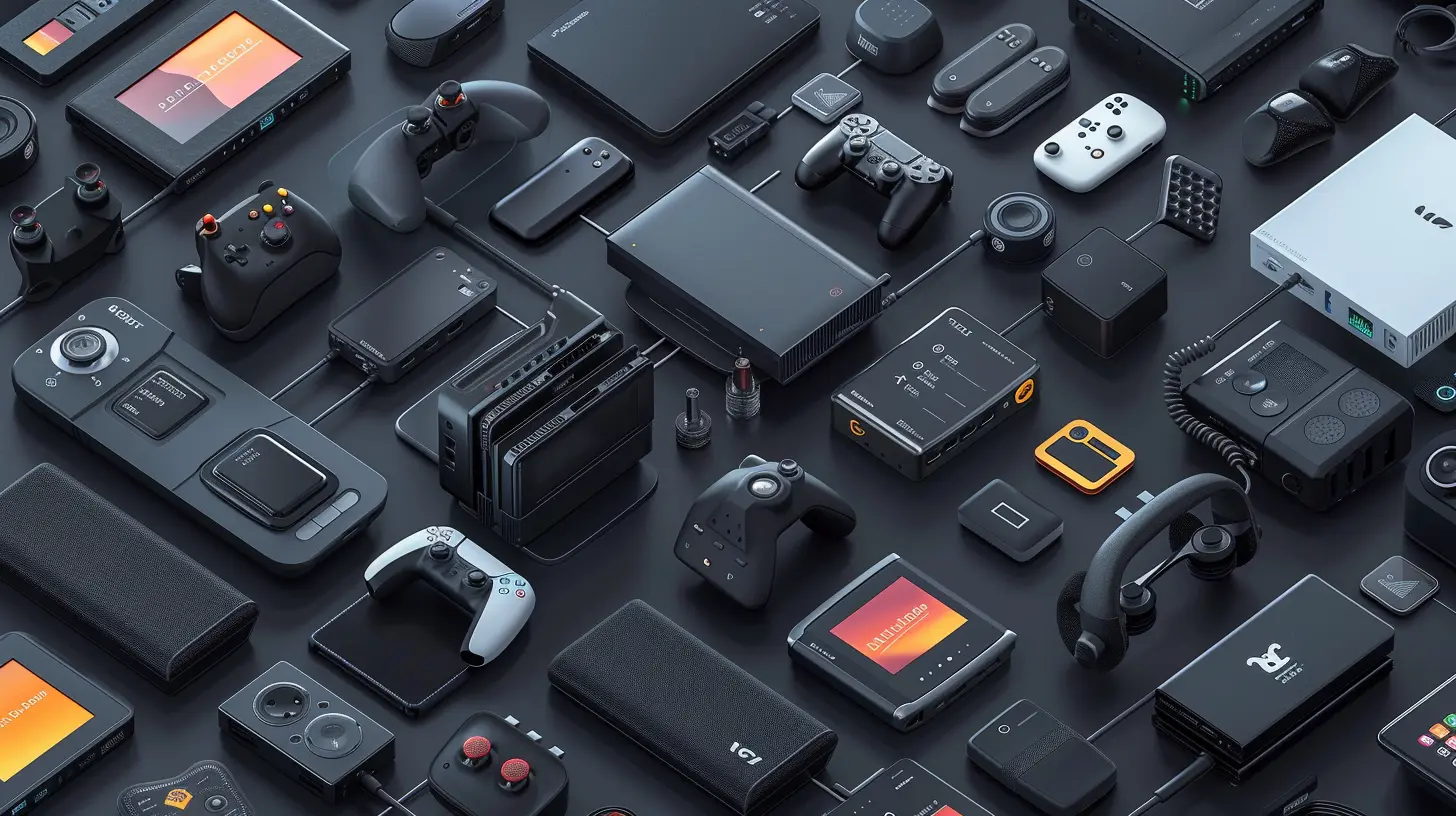
The Shift to Compact Devices: Streaming Sticks and Dongles
As technology advanced, consumers started demanding smaller, more convenient options. Enter streaming sticks and dongles—tiny devices that plug directly into the HDMI port of your TV and offer the same functionality as their larger predecessors, without the bulk.Google Chromecast: Simplicity Redefined
Google shook up the industry in 2013 with the release of Chromecast. This small, pocket-sized dongle used a smartphone or tablet as the remote, making it a simple and affordable way to cast content to your TV.Instead of downloading apps directly onto the device, Chromecast relied on the power of your phone to control streaming. It was less about having a traditional remote and more about seamless integration with other devices.
Amazon Fire TV Stick: An Affordable Powerhouse
Amazon wasn’t far behind. The Fire TV Stick, launched in 2014, combined the power of streaming with Alexa voice control, making it easier than ever to navigate content. It quickly became a household favorite because of its affordability, variety of apps, and ease of use.Roku Streaming Stick: Keeping It Simple
Roku didn’t want to be left out. They introduced their own streaming stick, offering the same vast library of content in a portable format. Roku’s success was largely due to its user-friendly interface and device-agnostic approach—unlike Apple or Amazon, they weren’t pushing their own ecosystem.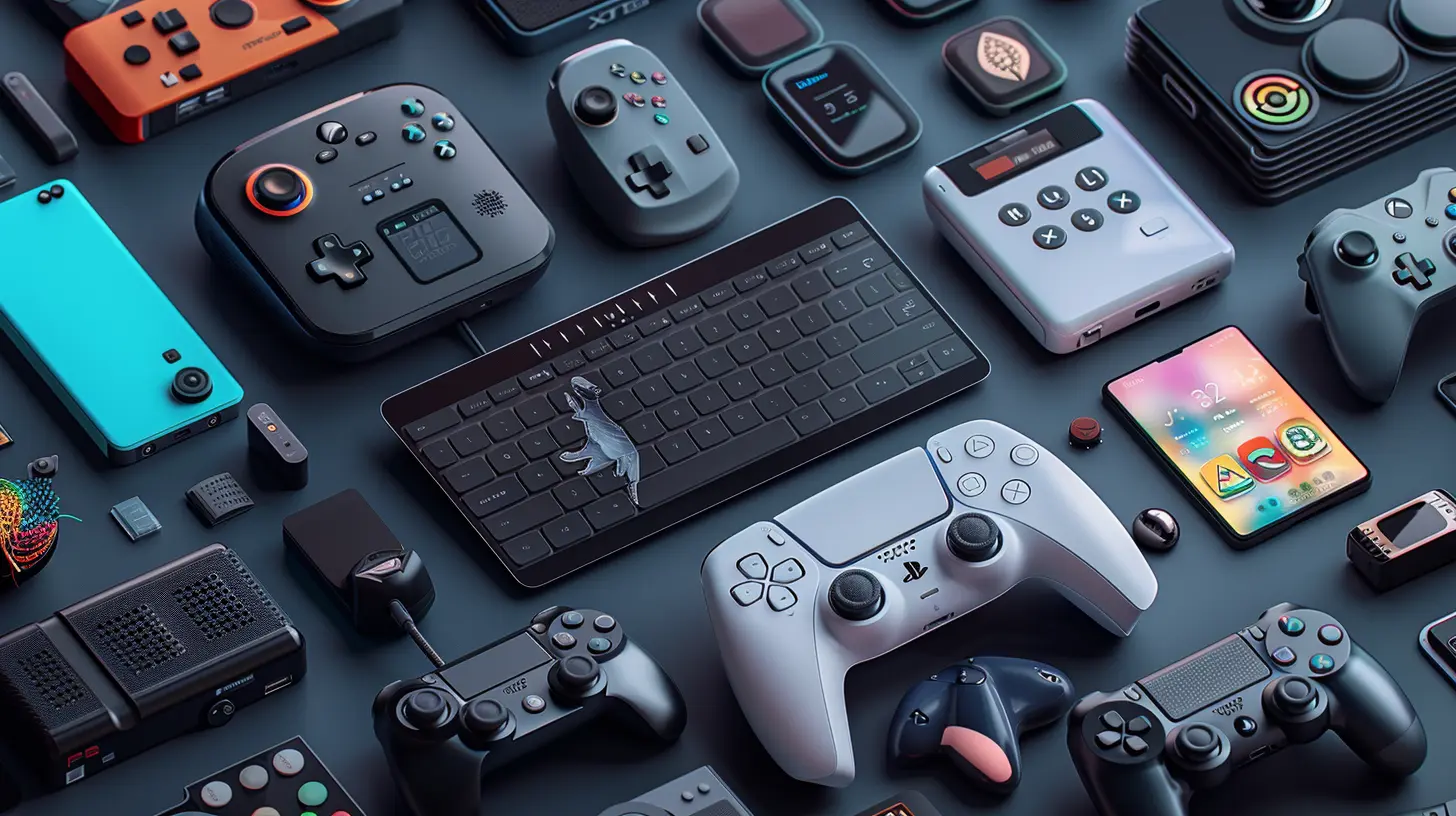
The Rise of Smart TVs: Are Dedicated Streaming Devices Dying?
With the rise of smart TVs, one big question looms: Are standalone streaming devices becoming obsolete?Most smart TVs now come with built-in streaming apps like Netflix, Hulu, and YouTube. This eliminates the need for an external device in many cases. However, smart TV interfaces are often clunky, slow, and lack long-term software updates, which keeps streaming dongles relevant.
Devices like the Fire Stick, Roku, and Apple TV are still widely popular because they offer a smoother, faster, and more reliable experience than many built-in TV apps.
The Future of Streaming Devices: What’s Next?
As streaming technology continues to evolve, what can we expect?1. More Powerful Devices – Future streaming sticks will likely offer higher processing power, supporting 8K streaming and more advanced gaming capabilities.
2. Greater AI Integration – Voice assistants like Alexa, Siri, and Google Assistant will play an even bigger role in content discovery and smart home integration.
3. Cloud Gaming and Streaming Merges – Services like Xbox Cloud Gaming and NVIDIA GeForce NOW signal a future where gaming consoles may no longer be necessary. Your streaming dongle could double as a full gaming device.
4. Better Connectivity – Expect improvements in Wi-Fi 6, faster load times, and lower buffering rates.
Final Thoughts
The evolution of streaming devices has been nothing short of remarkable. From bulky set-top boxes to sleek, plug-and-play dongles, we’ve witnessed a revolution in how we consume entertainment. Whether you're a fan of Apple TV, Roku, Chromecast, or Fire TV Stick, one thing is clear—streaming isn’t slowing down anytime soon.As technology continues to advance, who knows what’s next? Maybe one day, we won’t need any external streaming devices at all. Until then, grab your favorite streaming stick, pop some popcorn, and enjoy the endless content at your fingertips.
all images in this post were generated using AI tools
Category:
Streaming DevicesAuthor:

Vincent Hubbard
Discussion
rate this article
5 comments
Misty Cole
Streaming devices have transformed entertainment, evolving from bulky set-top boxes to sleek, efficient dongles—remarkable progress!
May 20, 2025 at 1:18 PM

Vincent Hubbard
Thank you! It’s exciting to see how far streaming technology has come, making entertainment more accessible and convenient for everyone.
Clarissa McGlynn
Exciting journey! Streaming tech keeps evolving for our enjoyment!
May 19, 2025 at 3:28 AM

Vincent Hubbard
Thank you! It's incredible to see how streaming tech enhances our viewing experiences.
Bell
Streaming devices have transformed entertainment accessibility immensely.
May 16, 2025 at 11:41 AM

Vincent Hubbard
Absolutely! Streaming devices have revolutionized how we access and enjoy entertainment, making it more convenient and widely available than ever before.
Russell Diaz
Great read! It’s fascinating to see how streaming devices have evolved over the years. From bulky set-top boxes to sleek dongles, technology really keeps making our entertainment easier!
May 16, 2025 at 4:58 AM

Vincent Hubbard
Thank you! I'm glad you found it fascinating—it's remarkable to see how far we've come in such a short time!
Heath Cox
Streaming devices have revolutionized our viewing experience, seamlessly blending technology and entertainment. Embrace the evolution and unlock limitless possibilities for content enjoyment!
May 15, 2025 at 4:50 AM

Vincent Hubbard
Absolutely! Streaming devices have indeed transformed how we consume content, offering convenience and access to a vast array of entertainment options.
